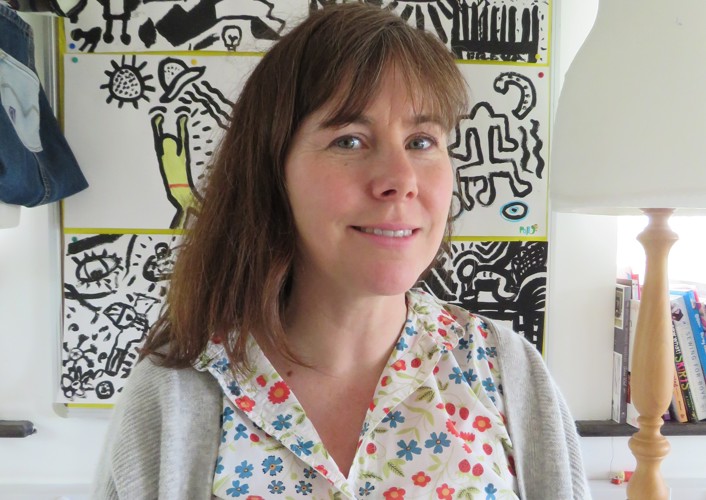Interweaving science and the arts

Susan McFarlane, head of art at Bedales Prep, Dunhurst, explains how pupils can benefit from a holistic approach to teaching science and the arts.
When The Times reported that researchers were recommending that the arts and sciences should be taught together, around real problems rooted in pupils’ experiences, I found myself nodding in agreement. But it was when one of the academics involved, Professor Pam Burnard of the University of Cambridge invoked the designs of Leonardo da Vinci as an example of how different disciplines can be usefully interwoven that I really started to pay attention.
The recent educational mood music from Whitehall has been that STEM subjects (science, technology, engineering and maths) are the horses to back in terms of skills for employment in the global race. However, at Bedales Prep, Dunhurst, we believe that the modern world requires versatile, imaginative and creative people, and so we encourage our pupils to develop a facility for understanding their subjects from as many different perspectives as possible. Rather than STEM, we favour STEAM – with the A stressing the value of the arts and humanities to the understanding of science, technology, and in fact pretty much everything.
To this end, in 2019 Dunhurst’s art and design department staged a week-long celebration of Leonardo da Vinci. We recreated his studio, with break times devoted to activities including re-telling the tale The Genius of Leonardo by Guido Visconti (writer) and Bimba Landmann (illustrator), and masterpieces inspired by Leonardo's Mona Lisa. In the spirit of Leonardo’s polymath leanings, pupils explored his life and work through the disciplines of history, geography and language. This involved consideration of his love of botany, anatomical and wildlife-inspired observational drawing; designing and making aeroplanes, bridges, buildings and parachutes; and learning about the human body. Discussing Leonardo’s open-mindedness and love of learning encouraged our pupils to be observant and curious, to understand more about themselves and the world.
STEAM Week then saw artist Roz Hall encourage pupils to make connections between art and science and, serendipitously, reference the Salvator Mundi attributed to Leonardo. Stressing how technology has always influenced new artistic developments, Roz drew on work we had done in art on the scientific discoveries around light and colour that inspired the Impressionists. His iPad work with pupils not only underlined his technological point, but led to us all learning how to use Autodesk SketchBook.
This was to be one of the last things we were to do together at Dunhurst before schools were closed in response to the coronavirus pandemic, and it turned out to be prescient. Through remote learning, we were able to use Autodesk to draw and make animations on iPads, inspired in part by the call of a great modern innovator, David Hockney, to document the arrival of spring – a perfect example of art and technology combining in a way we believe Leonardo da Vinci would have enjoyed, in the midst of the most pressing of ‘real world’ problems.
